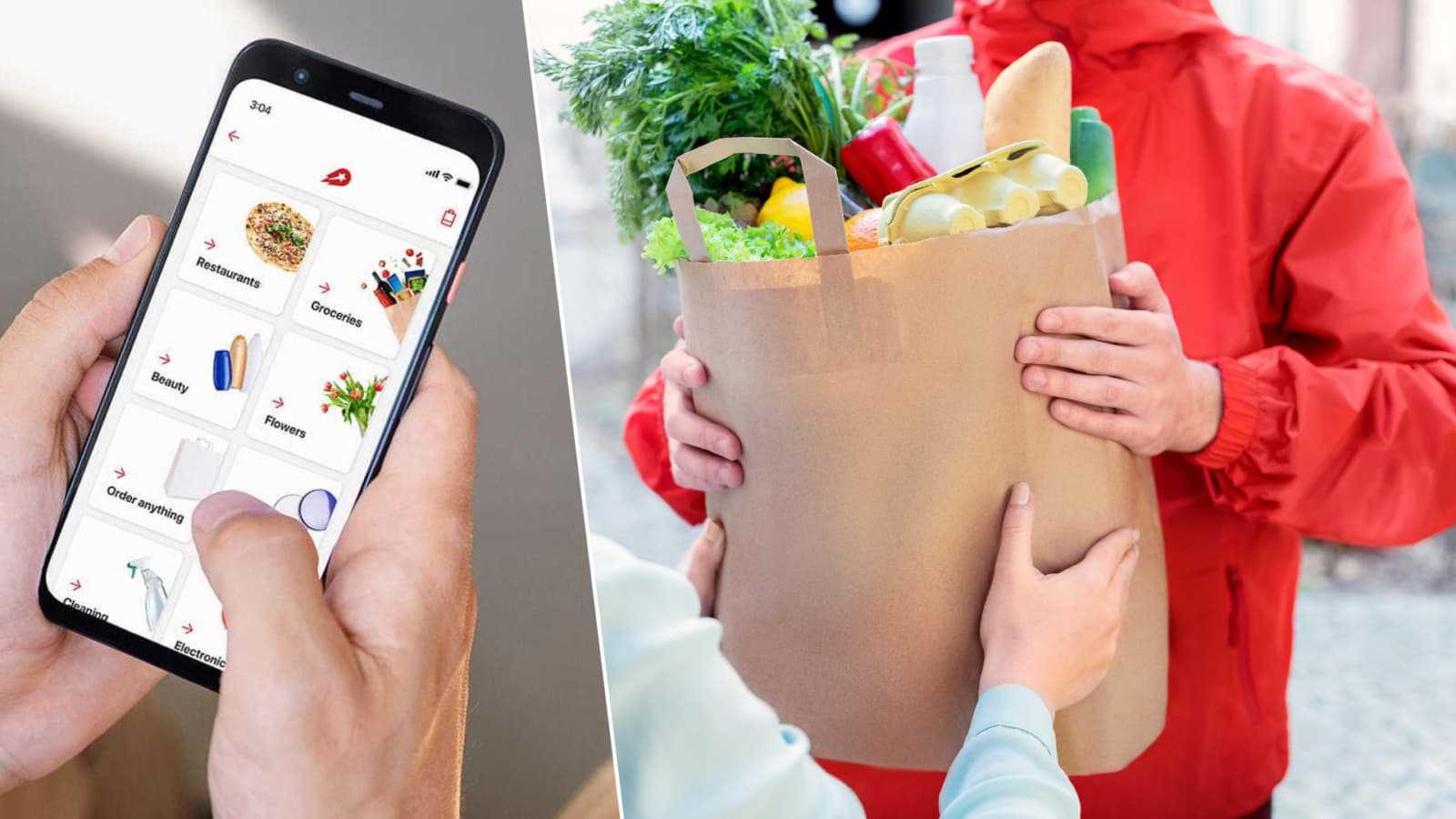Delivery Hero has seen several years of sustained, rapid growth – with customers, orders and revenues doubling almost every year. Our Tech & Product teams have grown in lockstep, with the Consumer Tech and Product organisation growing to now over 1,000 people. A diverse collection of developers, designers, analysts, product managers, along with other specialist roles across the world, helping to create a digital product used by customers from Tokyo to Oslo.
However, growing isn’t scaling. As we get larger, how we build our products changes. What worked at 1x doesn’t work at 5x, and certainly not at 10x. Alongside our Experience Teams responsible for products such as vendor discovery, checkout and subscriptions – we have platform teams acting as enablers.
The Client Foundation tribe was a year old on the 18th of November (Happy Birthday to us ????), and was founded to enable scale from that growth. The tribe is accountable for two main domains:
- Developer & Designer Experience.
- Foundational Topics such Speed, Reliability, UX Coherence, and Accessibility.
I want to share with you some of the unique aspects of our tribe that have led to our success, some of the projects that we’re working on, and a bit more about the tribe itself and the amazing teams that make it.
Our tribe is made up of 8 teams exploring these domains:
- Frontend (Web) Infrastructure
- Communications Infra
- Quality Automation Infra
- App Developer Experience
- App Performance & Reliability
- App Product Marketing
- Accessibility
- Design Engineering
Developer & Designer Experience
With this domain, we focus on abstracting the underlying complexity of our product and the architecture, in order to enable our colleagues to focus on what matters most – creating high value, high quality, and high performing products for our customers. There are overlaps with Google SRE’s concept of toil, but we’re also exploring how we improve knowledge sharing, flow, productivity and collaboration for our teams.
Think about all those times you’ve been frustrated when building a product – the build pipeline is slow (you can make lunch it takes so long), you have built something that isn’t core to your team’s mission but you need it as an enabler, such as interfacing with message gateways (SMS, push, email). These are all context – they help you get the job done, but if 5 or 10 teams are doing this independently, there is a lot of repeat work for an organisation. Or, perhaps, struggling to know the best way to write (and store) documentation for your product. The things that get in the way of their team’s core mission are the problems our teams are addressing.
Foundational Topics
These are themes and metrics of how we all build products together. Topics like speed, reliability, ux coherence and accessibility. All our teams at Delivery Hero are responsible for these, but the teams in Client Foundation take accountability. This doesn’t mean we are making changes to improve speed itself, or fixing accessibility issues (sometimes we do). Instead, we partner with other squads on understanding different issues and their impact, provide tooling and observability, and create the means for the Experience Teams to identify these issues before they affect our customers. They help teams understand all performance topics.
Applying Product Development to Platform Teams
Ultimately, the core of Product Development is the same whether you’re building for end consumers, other businesses, or internal users. It is about understanding the opportunities and problems of your users and identifying (possible) ways to solve them. We believe in applying this mindset to our platform challenges to help us create great products.
Platform Product Development has been an increasingly common trend in the industry.
More and more companies are building internal platforms to roll out new digital solutions efficiently. Companies that succeed with this strategy are applying [Product Development practices] to internal platforms.This means establishing empathy with internal consumers (the development teams) and collaborating with them on the design.
Platform product [development] creates roadmaps and ensures the platform delivers value to the business and enhances the developer experience.
Thoughtworks Tech Radar (Vol. 22)
Unfortunately, we’re also seeing less successful approaches, where teams create a platform in the void, based on unverified assumptions and without internal customers. These platforms, often despite aggressive internal tactics, end up being underutilized and a drain on the organization’s delivery capability. As usual, good product [development] is all about building products that [users] love.
Thoughtworks Tech Radar (Vol. 22)
Product and Tech work together on these problems. All the teams in Client Foundations are cross-functional. The intention is these teams have all the skills they need to go and explore their opportunities. Our App Engineering experience team, for example, has iOS and Android developers – along with a Product Manager, Product Analyst and User Researcher. Soon, we’ll add Technical Writers to the team. This collection of people work together to understand the drivers of a great developer experience, and identify ways to improve it.
Data-informed Decisions in Platform Teams
Data is key to making informed decisions. It helps break biases and illuminates opportunities and sparks ideas we may not have otherwise been aware of. Much like a consumer-facing team, the platform teams of Client Foundation leverage both qualitative and quantitative insights to build better products. Our tribe has a dedicated User Researcher (with plans for 2 more!) helping us gain insights through a mix of sources, such as developer interviews, surveys, and usability testing.
Alongside User Research, our growing Product Analytics team works as integral parts of the squads to track our products with metrics, understand relationships in the data, and measure impact. These can be things affecting our Lead-time-to-Change, or correlations between our app startup speed and conversation rate. Help us, our colleagues and our organisation, understand where we can be of most value. This has provided interesting learnings for us – for example, although we had built extensive analytics infrastructure around our end-user behaviour,our end-to-end visibility of the developer experience was non-existent, and something we’ve built-out from scratch.
Some of our projects
Over the past year, our teams have worked on many initiatives to advance our mission. Below, we’ve outlined a handful of them.
In the realm of Developer Experience, one of the biggest pain points our colleagues were facing was around the Build Pipeline. CI (Continuous Integration) was the clear winner of the unenviable award ‘worst part of the development experience’ for all of our client developers. This was identified through our Developer & Designer Quarterly Experience survey, and through our User (Developer) Interviews. During Q2 and Q3, the explored multiple avenues to optimise this – including our introduction of our mock-server and better caching of (our extensive) translations.
As a result of this work, we’ve reduced the total wait time for our developers by a total of 450 hours per week (approximately 40% faster). Although we’re still a way from our goal of, “your build is ready before your coffee”, we’re excited to see the improvements for our colleagues.
The core of our business is food delivery and our motto is always delivering an amazing experience. This should be for everyone. Performance & Reliability is a key focus for us with users all over the world with a range of devices – from the iPhone SE running iOS11 in Helsinki on a 2G connection, to the latest Samsung Galaxy running corporate wifi in Taiwan. We’re constantly looking for ways to give everyone the best possible experience. Some things are universal – people don’t want to wait for a faster app. Time-to-interactive benefits everyone, but other topics are more challenging. Images are important when picking your meals, so image optimisation (quality vs size) gets a little more complicated.
Our Bento Design System has been growing from the smallest atoms, gaining widespread adoption. One of our unique challenges is that our design system has to support multiple brands (foodpanda, foodora, mjam, to name but a few). The system started as a grass-roots movement from a number of key advocates and was identified as a key enabler to help our teams move faster and build a more coherent UI/UX for our customers. Now, a fully dedicated team, they continue to deliver and delight by improving the flexibility of the system and introducing exciting elements, such as micro-interactions and animations into the system.
What’s next
We’re continuing to invest heavily in the scope of the Client Foundation group. One of our priorities is building strong analytics foundations to better understand the developer experience as connecting technical performance data with end business impact. We are also growing our teams, equipping us with the right skills and experience to tackle the challenges a rapidly growing company faces.
I hope we’ve given you a bit of insight into our tribe, how we operate, and shared some of the things we’re proud of. If you’re the type of person excited by the topics we take on, view our open roles or join our Talent Community to stay up to date with what’s going on at Delivery Hero and receive job alerts.
About the Author
Curtis is the Director of Product for the Client Foundation Tribe, focused on enabling the organisation not just to grow, but to scale. He joined Delivery Hero in 2019 as the Product Manager for the App Homescreen and is a self-professed product geek. Outside of work, he enjoys running, rugby and board games.


